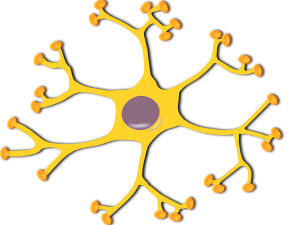Contrary to almost a half of century of research, Elly Nedivi, associate professor of neurobiology at the Picower Institute for Learning and Memory and colleagues found that a certain type of neuron that plays a crucial part in autism spectrum disorders is able in fact to remodel itself. It can do this in a strip of brain tissue just 4 times thicker than your average paper.
“This work is particularly exciting because it sheds new light on the potential flexibility of cerebral cortex circuitry and architecture in higher-level brain regions that contribute to perception and cognition,” said Nedivi, who is also affiliated with MIT’s departments of brain and cognitive sciences and biology. “Our goal is to extract clues regarding the contribution of structural remodeling to long-term adult brain plasticity — the brain’s ability to change in response to input from the environment — and what allows or limits this plasticity.”
To prove this, she showed that genetics are not determinant for an internenuron’s capacity to remodel, but that it’s rather imposed by the circuitry within the layers of the cortex. So the genetic lineage would come in second place, thus meaning that this type of neurons could actually remodel.
“Our findings suggest that the location of cells within the circuit and not pre-programming by genes determines their ability to remodel in the adult brain,” Nedivi said. “If we can identify what aspect of this location allows growth in an otherwise stable brain, we can perhaps use it to coax growth in cells and regions that are normally unable to repair or adjust to a changing environment. Knowing that neurons are able to grow in the adult brain gives us a chance to enhance the process and explore under what conditions we can make it happen,” she adds. “In particular, we need to pay more attention to the unique interneuron population that retains special growth features into adulthood.”










